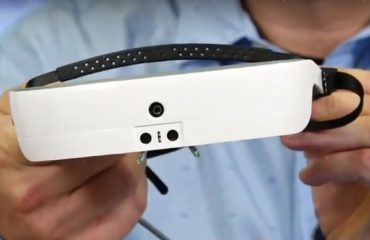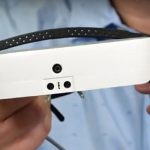Battery life for Wearables

“Wearable” usually means
- Minimal: size, weight and power consumption
- Maximum: performance and battery life
- Wireless
Here we will discuss battery life using the Datalogger device example. According to the requirements we had to develop the Datalogger device, it was required to save the data to the NOR flash every 2 seconds and work for 7 days on one CR2450 battery. The recording time of NOR Flash is only about 15 milliseconds (that is, it takes 15 milliseconds to record data to NORflash). According to the calculations the device should work for 197 hours, but during real testing it worked for only 125 hours on a single CR2450 battery, which is 2 days less than in the requirements.
The reason for this could be that the consumption in battery-powered mobile devices is almost always pulsed. Often this leads to a decrease in the operating time of batteries and accumulators due to short-term voltage drops. Problems can arise if the difference between peak and average current is large enough. The fact is that the resistance of popular types of batteries and batteries has a relatively high value. This leads to pulsed drawdowns of the supply voltage to the load resulting from the current pulses. As a result of such drawdowns, the voltage may briefly fall below the minimum permissible level, causing the device itself to unexpectedly shut off. In this case, the state of the battery will still be far from full discharge. The situation is even worse at lower temperatures, at which sudden blackouts will occur even more often. The manufacturer of the CR2450 also notes a drop in battery capacity as the discharge current rises. The use of additional capacitors can solve this problem.
The graph below shows the result of tests with and without a capacitor. Minutes are shown on the horizontal axis. The measurement was performed once per minute. As we see, without a capacitor, the device worked only 125 hours (7537 minutes). When we connected a 1,000 microfarad capacitor in parallel to the device’s power supply, the device worked for 196 hours, which corresponds to the calculated battery life.
So, when you design a wearable device and have some targeted time for battery operations, you should expect that your calculated battery time will not match the real battery time. And you should take that into consideration when doing estimations for your project as you might need additional time to make some changes in BOM and pcb-layout after real testing.





